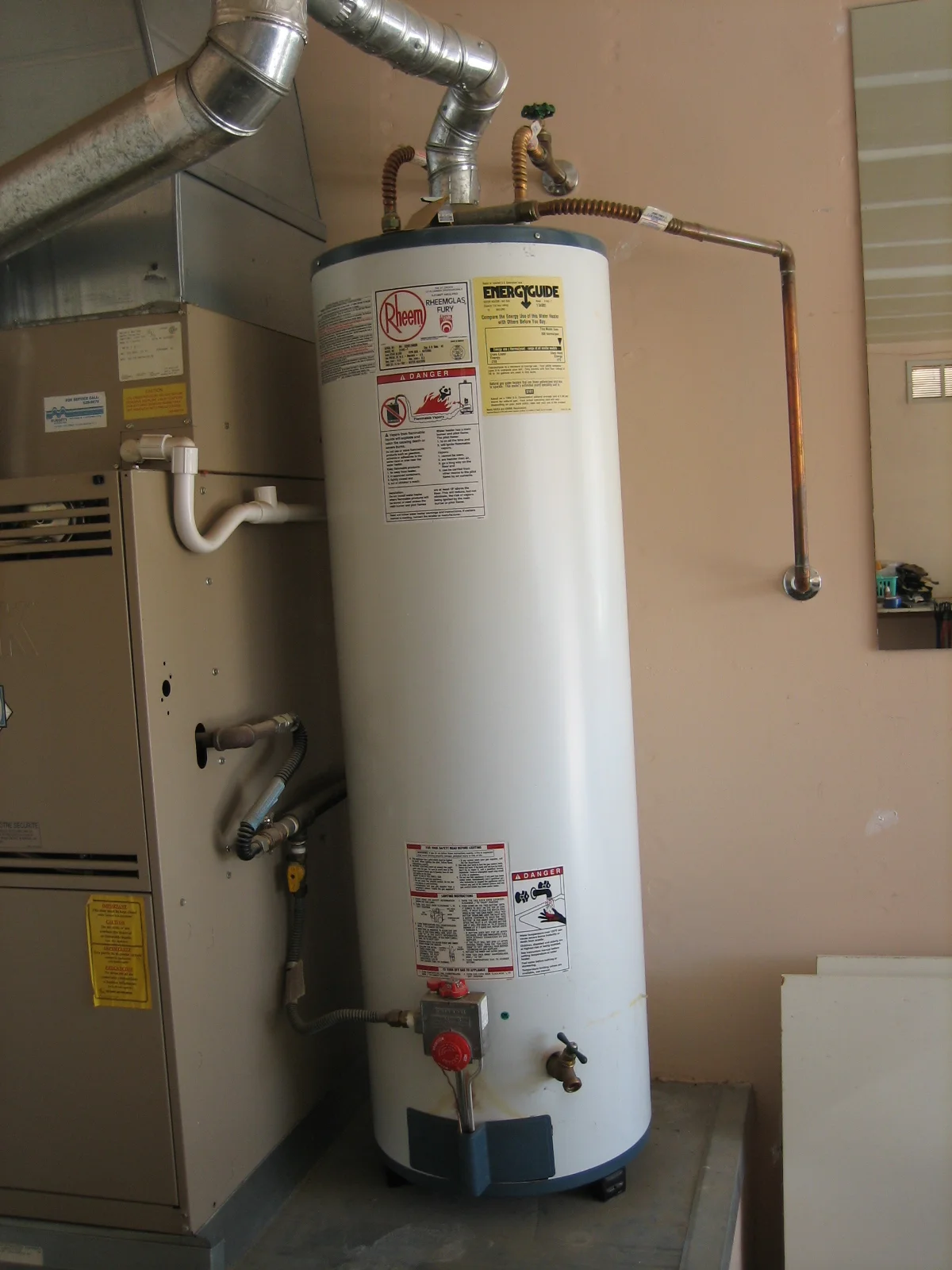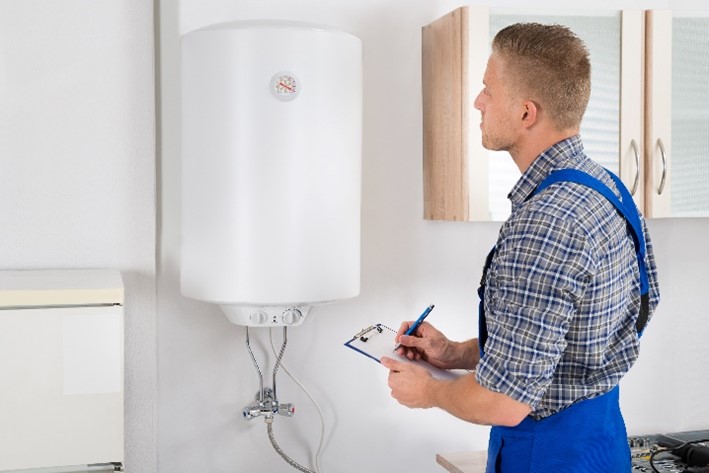They are making a few good annotation regarding Water Heater Maintenance Tips You Can't Afford to Forget as a whole in the article on the next paragraphs.

Warm water is important for day-to-day convenience, whether it's for a refreshing shower or washing recipes. To ensure your hot water system runs efficiently and lasts longer, routine upkeep is vital. This post provides functional pointers and insights on just how to maintain your home's warm water system to stay clear of interruptions and pricey repair work.
Intro
Maintaining your home's warm water system may seem overwhelming, but with a couple of straightforward actions, you can ensure it operates smoothly for years to come. This guide covers every little thing from understanding your warm water system to DIY upkeep pointers and knowing when to contact expert aid.
Importance of Preserving Your Warm Water System
Normal upkeep not just expands the life-span of your hot water system but also guarantees it runs successfully. Disregarding upkeep can cause lowered performance, greater energy bills, and even early failing of the system.
Indicators Your Hot Water System Needs Maintenance
Recognizing when your warm water system needs attention can prevent significant issues. Keep an eye out for indicators such as irregular water temperature, strange sounds from the heating system, or rustic water.
Flushing the Hot Water Heater
Purging your hot water heater eliminates sediment build-up, enhancing effectiveness and lengthening its life.
Monitoring and Changing Anode Rods
Anode poles avoid corrosion inside the container. Checking and replacing them when worn is essential.
Facility Concerns Needing Professional Aid
Instances consist of major leaks, electrical troubles, or if your water heater is consistently underperforming.
Regular Professional Upkeep Perks
Professional upkeep can include thorough assessments, tune-ups, and guaranteeing conformity with security standards.
Evaluating and Readjusting Temperature Settings
Readjusting the temperature level settings ensures optimum efficiency and safety.
Do It Yourself Tips for Maintenance
You can execute several maintenance jobs on your own to keep your hot water system in top condition.
Checking for Leakages
Routinely check pipes and connections for leakages, as these can bring about water damage and greater expenses.
Understanding Your Hot Water System
Before diving right into maintenance jobs, it's useful to understand the standard components of your warm water system. Commonly, this consists of the hot water heater itself, pipes, anode poles, and temperature level controls.
Regular Monthly Upkeep Tasks
Regular regular monthly checks can aid catch small issues prior to they rise.
Testing Pressure Alleviation Valves
Examining the pressure safety valve guarantees it operates correctly and protects against excessive stress accumulation.
Protecting Pipelines
Protecting hot water pipelines minimizes heat loss and can save power.
When to Call a Professional
While DIY maintenance is helpful, some concerns call for professional knowledge.
Final thought
Normal upkeep of your home's hot water system is important for effectiveness, durability, and expense savings. By complying with these pointers and recognizing when to seek professional aid, you can guarantee a reliable supply of warm water without unforeseen disturbances.
Water Heater Maintenance Tips
Test the TPR Valve
Shut off the power and the cold-water supply valve. Place a bucket under the pipe connected to the temperature-pressure-release (TPR) valve on the top or side of the tank. (This valve opens if the tank pressure gets too high.) Lift the valve’s tab to let some water out, then let go. If water keeps flowing, drain the tank partway, unscrew the old valve with a pipe wrench, and install a new one. Check the Anode Rod
Put a hose to the tank’s drain cock and let out a few gallons of water. Now fit a 1 1/16-inch socket onto the rod’s hex head on top of the heater (or under its top plate) and unscrew the rod. If it’s less than ½ inch thick or coated with calcium, buy a new one, wrap its threads with Teflon tape, put it back in the tank, and tighten securely. Use this segmented rod if headroom above the tank is limited. Drain the Tank and Wash Out Sediment
Drain the remaining water in the tank into the bucket, then stir up the sediment on the tank’s bottom by briefly opening the cold-water supply valve. Drain and repeat until clean water comes out of the hose. Close the drain cock, refill the tank, and turn its power back on. Adjust the Temperature
Find the temperature dial on the side of the tank and unscrew its cover. Adjust the dial to 120 degrees using a flathead screwdriver. For every 10 degrees the temperature is lowered, you can expect to save up to 5 percent in energy costs. Turn the water heater off or the thermostat down to its lowest setting if you plan to be away from home for more than three days. Insulate the Pipes
Buy some self-sticking 3/8-inch-thick foam pipe insulation that matches the pipes’ diameter. Slide the foam over the hot-and cold-water pipes as far as you can reach. Insulating the cold-water pipe prevents condensation in summer. Peel the tape and squeeze the insulation closed. If the pipe is 6 inches or less from the flue, cover it with 1-inch-thick unfaced fiberglass pipe wrap. https://www.thisoldhouse.com/plumbing/21016402/how-to-maintain-a-water-heater

Do you like reading about How to Maintain a Hot Water Heater in a Few Simple Steps? Put a remark directly below. We will be delighted to find out your ideas about this piece. In hopes that you visit us again in the future. Are you aware of another person who is intrigued by the subject? Please feel free to promote it. Many thanks for being here. Return soon.
This Site